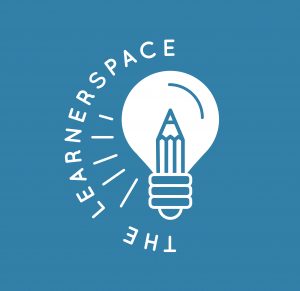Primary School Ideas and Suggestions
Activities & Topics Covered:
- Building Healthy Relationships with Responsibility:
- Objective: Teach students about the importance of responsibility in relationships.
- Duration: Approximately 30 minutes.
- Materials: Large colorful board or poster, colored markers, stickers, handout materials.
- Session Outline:
- Introduction: Discuss the concept of responsibility and its importance in friendships.
- Superpowers of Responsibility: Discuss how being responsible strengthens friendships.
- Drawing Our Superhero Friend: Students draw their interpretation of a responsible superhero friend.
- Sharing Responsibility Game: A game where students take turns discussing how they can be responsible.
- Conclusion: Reinforce the importance of responsibility in building strong friendships.
- Optional Extension Activity: Making friendship bracelets as a reminder of responsibility.
- Child-Friendly Rubric for Responsible Behavior:
- A grading system to evaluate students’ responsible behavior, categorized into:
- Level 4: Super Responsible
- Level 3: Mostly Responsible
- Level 2: Sometimes Responsible
- Level 1: Rarely Responsible
- Child-Friendly Self-Assessment – “How Responsible Am I?”:
- An assessment using smiley faces to gauge how often children exhibit responsible behaviors in various situations.
- Learning Styles Activities:
- Visual Learners: Draw a picture of you and your best friend doing something responsible together.
- Auditory Learners: Listen to a story about two friends who show responsibility to each other and answer related questions.
- Kinesthetic/Physical Learners: Play a game where students act out different scenarios showing responsibility.
- Verbal Learners: Choose a responsible action from a list that is essential for building healthy relationships.
- Tactile Learners: Match responsible actions with the correct description.
Skills:
- Understanding Responsibility: Students learn the concept of responsibility and its importance in relationships and friendships.
- Self-Assessment: Through activities, students assess their level of responsibility.
- Creativity: Students express their understanding of responsibility through drawing and crafting activities.
- Communication: Activities encourage students to discuss and share their ideas about responsibility.
- Problem-Solving: Students use problem-solving skills to resolve conflicts peacefully.
- Cooperation and Teamwork: Emphasis on working well in a team and cooperating with others.
- Listening and Understanding: Importance of listening to friends and understanding their feelings.
- Application of Learning: Students apply responsible behaviors in their daily lives to improve their relationships with others.
Contents:
- Definition of Responsibility: Responsibility is likened to being a superhero friend, emphasizing doing things one should do and keeping promises.
- Superpowers of Responsibility: Discusses how being responsible strengthens friendships, such as trust, cooperation, and respect.
- Drawing Activity: Students draw their interpretation of a responsible superhero friend.
- Sharing Responsibility Game: A game where students take turns discussing how they can be responsible.
- Learning Styles Activities:
- Visual Learners: Drawing activity related to responsibility.
- Auditory Learners: Listening to a story about responsibility and answering questions.
- Kinesthetic/Physical Learners: Acting out scenarios showing responsibility.
- Verbal Learners: Choosing a responsible action essential for building relationships.
- Tactile Learners: Matching activity related to responsible actions.
- Child-Friendly Rubric for Responsible Behavior: A grading system to evaluate students’ responsible behavior.
- Child-Friendly Self-Assessment: An assessment using smiley faces to gauge how often children exhibit responsible behaviors.

